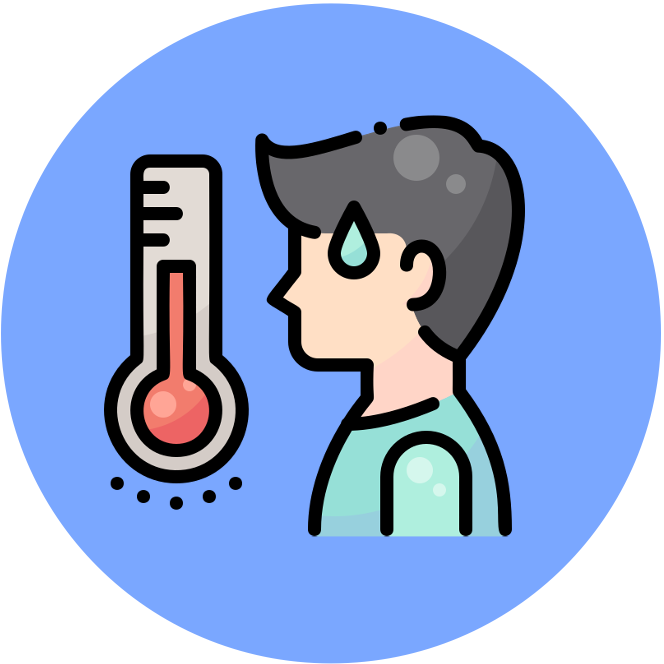

System Regulation
SL Content Statements
-
D3.3.1
Homeostasis as maintenance of the internal environment of an organism
-
Variables are kept within preset limits, despite fluctuations in external environment. Include body temperature, blood pH, blood glucose concentration and blood osmotic concentration as homeostatic variables in humans.
-
D3.3.2
Negative feedback loops in homeostasis
-
Students should understand the reason for use of negative rather than positive feedback control in homeostasis and also that negative feedback returns homeostatic variables to the set point from values above and below the set point.
-
D3.3.3
Regulation of blood glucose as an example of the role of hormones in homeostasis
-
Include control of secretion of insulin and glucagon by pancreatic endocrine cells, transport in blood and the effects on target cells.
-
D3.3.4
Physiological changes that form the basis of type 1 and type 2 diabetes
-
Students should understand the physiological changes, together with risk factors and methods of prevention and treatment.
-
D3.3.5
Thermoregulation as an example of negative feedback control
-
Include the roles of peripheral thermoreceptors, the hypothalamus and pituitary gland, thyroxin and also examples of muscle and adipose tissue that act as effectors of temperature change.
-
D3.3.6
Thermoregulation mechanisms in humans
-
Students should appreciate that birds and mammals regulate their body temperature by physiological and behavioural means. Students are only required to understand the details of thermoregulation for humans. Include vasodilation, vasoconstriction, shivering, sweating, uncoupled respiration in brown adipose tissue and hair erection.
-
C3.1.11
Modulation of sleep patterns by melatonin secretion as a part of circadian rhythms
-
Students should understand the diurnal pattern of melatonin secretion by the pineal gland and how it helps to establish a cycle of sleeping and waking.
-
C3.1.12
Epinephrine (adrenaline) secretion by the adrenal glands to prepare the body for vigorous activity
-
Consider the widespread effects of epinephrine in the body and how these effects facilitate intense muscle contraction.
-
C3.1.14
Feedback control of heart rate following sensory input from baroreceptors and chemoreceptors
-
Include the location of baroreceptors and chemoreceptors. Baroreceptors monitor blood pressure. Chemoreceptors monitor blood pH and concentrations of oxygen and carbon dioxide. Students should understand the role of the medulla in coordinating responses and sending nerve impulses to the heart to change the heart’s stroke volume and heart rate.
-
C3.1.15
Feedback control of ventilation rate following sensory input from chemoreceptors
-
Students should understand the causes of pH changes in the blood. These changes are monitored by chemoreceptors in the brainstem and lead to the control of ventilation rate using signals to the diaphragm and intercostal muscles.
-
C3.1.16
Control of peristalsis in the digestive system by the central nervous system and enteric nervous system
-
Limit to initiation of swallowing of food and egestion of faeces being under voluntary control by the central nervous system (CNS) but peristalsis between these points in the digestive system being under involuntary control by the enteric nervous system (ENS). The action of the ENS ensures passage of material through the gut is coordinated.



